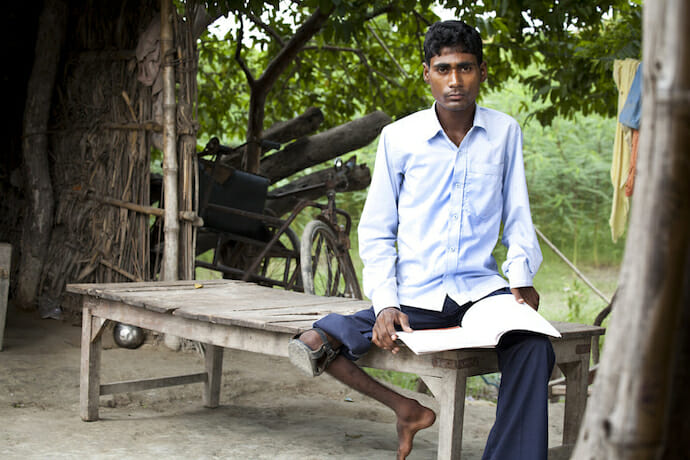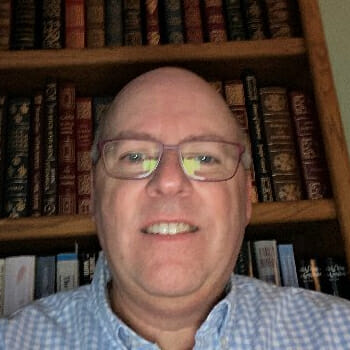
Culture
‘When All People Are Included, We All Win’
In September 2015, the United Nations adopted the 2030 Agenda for Sustainable Development replacing its predecessor, the Millennium Development Goals. Each of the seventeen goals contains target to be reached within the next fifteen years. The overarching theme of the Sustainable Development Goals (SDGs) is to eradicate poverty, preserve the environment for succeeding generations, and ensure economic prosperity for all. Yes, these are very lofty goals, but attainable when only we work together responsibly to contribute as part of our shared humanity.
One of the important elements of the SDGs was to make certain that no one was excluded. The architects of the SDGs made a special effort to assure that persons with disabilities were included as part of its agenda. The UN has prioritized the needs of the disabled since its founding in 1945. Each decade since has seen enormous progress in the enactment of resolutions, declarations and frameworks geared to protecting persons with disabilities. On December 3rd the world observes the International Day of Persons with Disabilities proclaimed by the UN in 1992.
The priority that disability was given is noted by its inclusion in five SDGs: Numbers 4, 8, 10, 11, and 17. Goal 10 is the overarching goal covering economic, social, and political inclusion for those with disabilities. The fourth goal provides for education to be “equal and accessible” for the disabled. The eighth goal promotes the importance for those with disabilities to have fair opportunities provided for them in employment. The other two goals speak to the significance of equal access in transportation and allow for “universal access” in “public spaces (11);” and disaggregated data specifically stressing disability (17).
On December 13, 2006, the UN adopted the Convention on the Rights of Persons with Disabilities (CRPD) an international treaty that promotes, protects and ensures “all human rights and fundamental freedoms for all persons with disabilities.” In 2009, President Obama signed the treaty; however, when the CRPD was considered for ratification in the Senate it fell five votes short. This is ironic since the CRPD was based on the Americans with Disabilities Act.
The broader topic of human rights encompasses the rights of persons with disabilities. Each year, on December 10th, the world commemorates Human Rights Day recognizing the adoption of the Universal Declaration of Human Rights (UDHR) in 1948. Persons with disabilities deserve the human right to live in dignity, and the UN has worked to ensure this through the years.

The Preamble to the UDHR states in no uncertain terms that “the peoples of the United Nations have in the Charter reaffirmed their faith in fundamental human rights, in the dignity and worth of the human person and in the equal rights of men and women and have determined to promote social progress and better standards of life in larger freedom…”
In 1950 the General Assembly of the United Nations passed a resolution inviting states to honor the day in 1948 when the UN adopted the UDHR. It is not a legally binding treaty; however, it is deemed part of customary international law. However, from the UDHR, two legally binding treaties were developed that provided the legal weight. The International Covenant on Civil and Political Rights (ICCCP) centered upon the right to life, freedom of speech, religion, and voting. The International Covenant on Economic, Social, and Cultural Rights (ICESCR) dealt with protections guaranteeing the necessities of life, such as food, shelter, health, and education. The core principles of each of these treaties are enshrined in the UN and apply to all peoples of the world.
UN Secretary-General Antonio Guterres joined with dignitaries and high-ranking officials of the global body at a special event at UN headquarters in New York on Monday, December 11th, to mark the beginning of the 70th year of the UDHR. The UNSG remarked, “Over seven decades, this mighty document has helped to profoundly change our world. It establishes the equality and dignity of every human being.” The UDHR has stood the test of time and the words embedded in this document highlight its importance, especially as it pertains to persons with disabilities. Articles 7 and 23 of the 2030 Agenda for Sustainable Development emphasize the priority that human rights were given in this document, advancing the rights of persons with disabilities by providing the necessary tools to live an independent lifestyle.
We can do our part by participating and engaging in the “Stand up for someone’s human rights” campaign by utilizing the hashtag #StandUP4HUMANRIGHTS. This is a year-long program that began December 10th and will culminate next year to coincide with the 70th anniversary of the UDHR. The program has three core objectives: promote, engage and reflect. It seeks to engage a global audience, promote a better understanding of the UDHR and how it affects each of us, and how we as a global community can reflect upon the ways we can “stand up for someone’s human rights.”
For the SDGs to realize success, each person must become emboldened to make a difference in the lives of the most vulnerable amongst us. The SDGs embody the principles enshrined in the Charter of the UN: promoting and encouraging the dignity of every person and having a universal respect for the human rights of all – because “when all people are included, we all win.”

